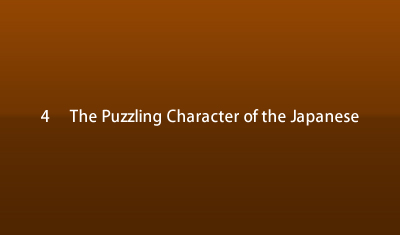 |
Q Why do the Japanese exaggerate their greetings?
A The basic form of greeting in Japan is the bow. Although shaking hands has now also become accepted as a form of greeting, the handshake was introduced into Japan from the West rather recently, so there are many Japanese today who are still not used to shaking hands.
The Japanese can easily manage the handshake if it can be carried out simply by grasping the hand of the other, but there are few Japanese who can spontaneously greet each other with facial contact such as by kissing or hugging. The handshake does not require any great body movements and the handshake gives an impression that both parties are of equal standing, while in the bow there is a distinct superior-inferior relationship.
However, greetings between friends are fairly informal and are not exaggerated at all. For example, they would casually raise their hands with a simple "Ya!" (Hi!), or lightly lower their heads with a "Ja!" (Bye!). However, when one party's position is higher than the other, the person in the lower position bows his or her head a little lower than
the person in the higher position.
Generally speaking, older women bow very politely. There are many who bow deeply while shaking hands at the same time, and there are others who bow many, many times. Bowing deeply and repeating it a number of times may strike non-Japanese as going a little too far.



